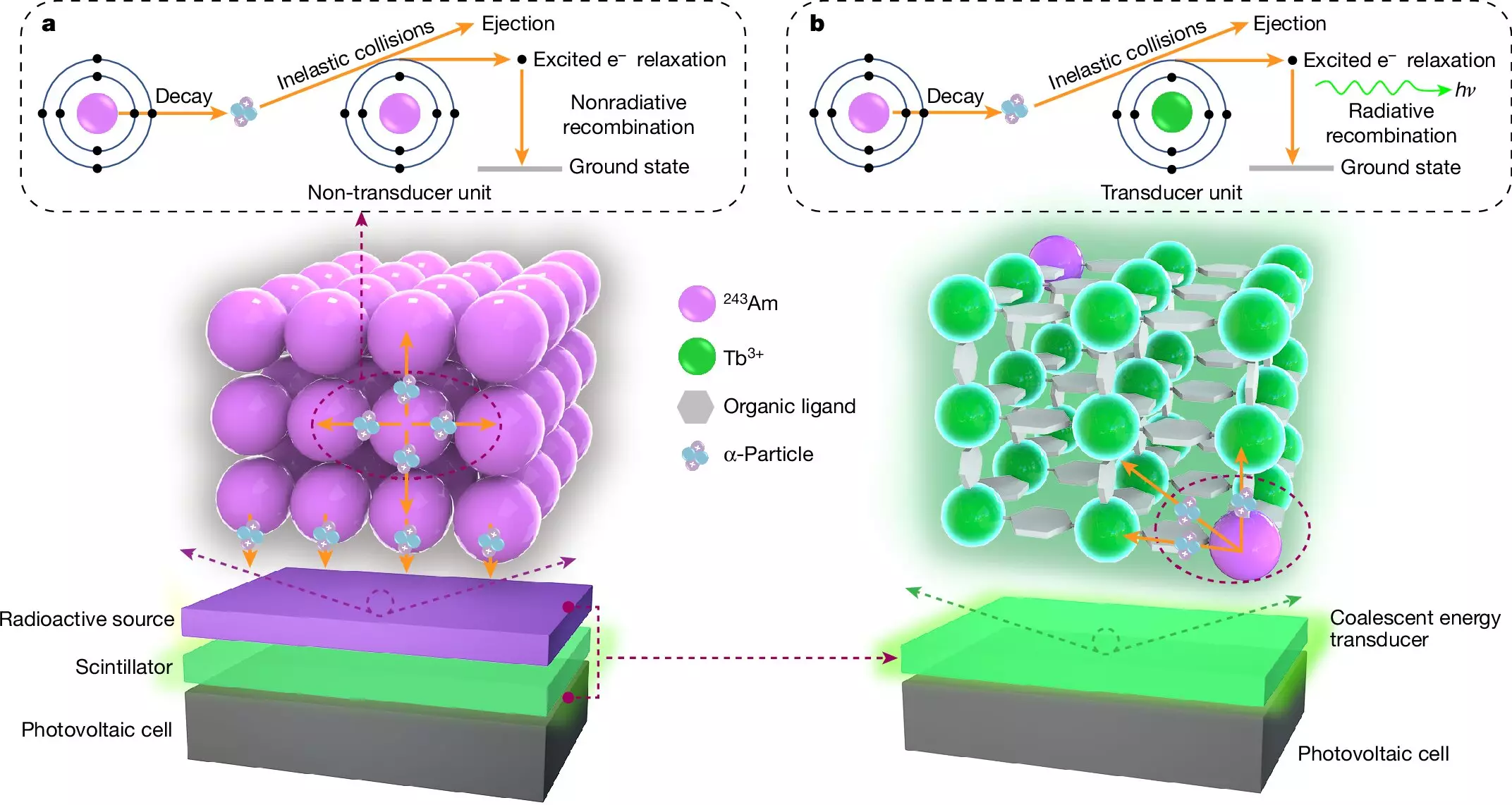Innovations in energy generation are always of paramount significance, especially in an era defined by the quest for sustainable and efficient power sources. Recently, a consortium of physicists and engineers from various Chinese institutions unveiled a remarkable advancement in nuclear battery technology. Their research, published in the esteemed journal Nature, reveals a miniature nuclear power device claiming to be up to 8,000 times more efficient than its predecessors. This breakthrough not only showcases scientific ingenuity but also provides a glimpse into the future of portable energy.
For decades, scientists have grappled with the complexities of creating compact nuclear power sources to fuel a myriad of devices, from smartphones to advanced robots and electric vehicles. The main obstacle has traditionally been the inherent dangers associated with nuclear energy, which often hindered the development of smaller-scale applications. Historically, batteries powered by radioactive materials were developed with a focus on minimizing the nuclear content to reduce risks, which inadvertently limited their energy output and efficiency.
The recent work by the Chinese researchers marks a significant departure from previous methodologies. By innovatively employing americium, a radioactive element, within a crystalline structure, the team has managed to harness radiated energy in a controlled manner. Each time the americium emits alpha particles, they interact with the crystal lattice, generating visible light, specifically a vibrant green glow.
What sets this new nuclear battery apart is its simplicity. The researchers integrated a photovoltaic cell to convert the emitted light into electricity. Moreover, to ensure safety, the entire assembly was encased in a quartz cell designed to contain any radiation, thus minimizing the risks associated with conventional nuclear power systems. This design principle is crucial as it addresses the most significant concerns regarding nuclear energy: safety and longevity.
During testing, the team noted that their device maintained its charge impressively for extended periods—potentially lasting decades. The half-life of americium is an astounding 7,380 years, suggesting that while the radioactive decay will persist for millennia, the structural integrity of the device will likely be compromised long before the isotopic material loses its potency.
Despite its efficiency, the current iteration of the nuclear battery produces only minute amounts of power. For context, it would require about 40 billion of these devices to illuminate a standard 60-watt bulb. However, the implications of this technology could be far-reaching, particularly for remote applications. The researchers propose that with further refinement, these tiny power packs could become pivotal in powering small devices, including those utilized in space exploration where traditional energy sources are impractical.
This groundbreaking research not only enhances our understanding of nuclear battery technologies but also opens new avenues for energy applications that were previously deemed far-fetched. The journey towards practical and efficient nuclear-powered devices is undoubtedly still in its infancy, yet the strides made by this team can inspire further innovations that may one day transform energy consumption on Earth and beyond.


Leave a Reply